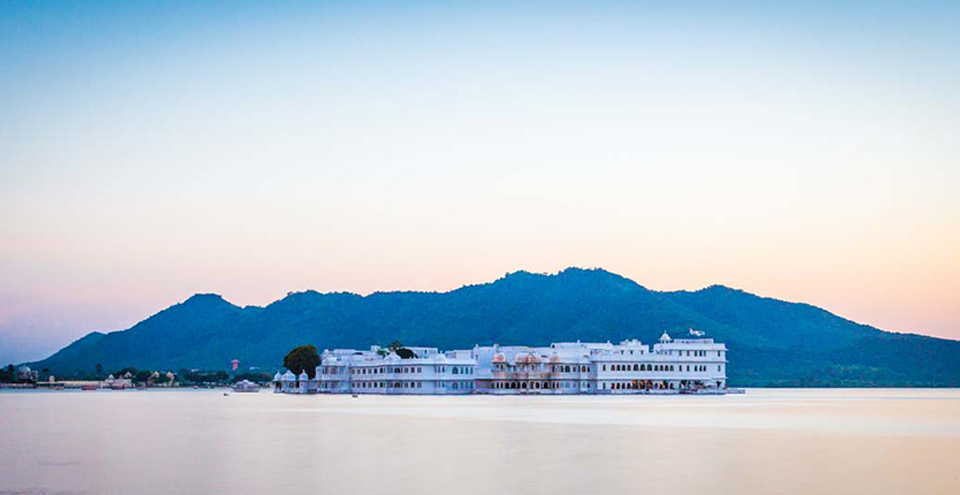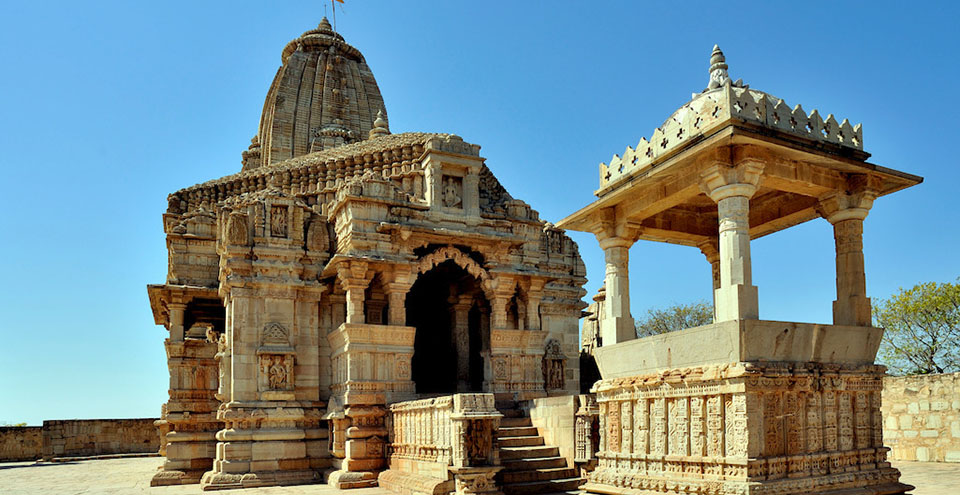Visit The Land Of India’s Finest Fort
Chittorgarh Tour
Chittorgarh resonates with stories of Rajputana bravery, pride and passion. The bards of Rajasthan sing tales of courage and sacrifice recounting stories that are known to every child and adult in the city. Chittorgarh is named after its most imposing structure, the Chittorgarh Fort which stands atop a 180 metre high hill and is spread across 700 acres.
Chittorgarh Fort has had a tumultuous past. This bastion of the Rajputs has faced violent attacks thrice in its entire history. The first was in 1303 when the Sultan of Delhi, Ala-ud-din Khilji, who was enamoured by Queen Padmini, launched an attack to abduct her. More than two centuries later, in 1533, it was Bahadur Shah, the Sultan of Gujarat, who caused immense destruction. Four decades later, in 1568, Mughal Emperor Akbar attacked and seized the fort. It was finally in 1616, under the rule of Mughal Emperor Jahangir that the fort was returned to the Rajputs.
Visit And Explore

CHITTORGARH FORT
While it is difficult to arrive at the exact date the fort was established, that the construction of the Chittorgarh Fort was initiated by Bhim,hero from the mythological Mahabharata.fort houses several magnificent monuments, some unfortunately ravaged by time.

RANI PADMINI'S PALACE
This palace plays an important role in Rajput history. The structure is built on the banks of a lotus pool and has a pavilion that provides privacy for the women of the royal family.Ala-ud-din Khilji, then Sultan of Delhi, spotted Queen Padmini’s reflection in the
pool.

VIJAY STAMBH
Vijay Stambh was built by Maharana Kumbha between 1440 AD and 1448 AD to immortalise his triumph of defeating the Muslim rulers of Malwa and Gujarat. Built partly from red sandstone and partly white marble, this architectural wonder is nine-storey tower.

KIRTI STAMBH
This Tower of Fame is dedicated to Adinathji, the 1st Jain Tirthankara (great teacher). Adorned by the figures of the Digambars (Jain monks), this seven-storied tower was built by a wealthy Jain merchant in 12th century AD.Tower of Fame is dedicated to Adinathji.

FATEH PRAKASH PALACE
Constructed by Maharana Fateh Singh, this palace functioned as his residence. It was built in the Rajput style of architecture as a declaration of his taste for art and culture.The palace has a vast collection of wood crafts of Bassi village.post medieval statues of Jain Ambica.

TULJA BHAVANI TEMPLE
Tulja Bhavani temple, an architectural wonder, is a Hindu temple of the goddess Durga, built in the 16th century by Banvir. Legend says that it is named after Banvir who donated various ornaments (Tula Dan) equaling his weight for relief
funds.

RANA KUMBHA PALACE
A ruined edifice of great historical and architectural interest, this is one of the most massive monuments in the Fort of Chittor. The palace is believed to have underground cellars where Rani Padmini and other women committed ‘Jauhar’ (self-immolation).

KUMBHA SHYAM TEMPLE
The temple was constructed during the rule of Rana Kumbha and is built in the Indo-Aryan style popular in those times. It bears a strong connection to the mystic poetess Meerabai, a zealous devotee of Krishna’s. She was the wife of Prince Bhojraj.

MEERABAI TEMPLE
Meerabai, an ardent devotee of Lord Krishna’s, worshipped him at this temple. The structure is designed in the classic North Indian style of temples. It rises from a raised plinth and its conical roof can be seen from far.The temple houses a beautiful.
